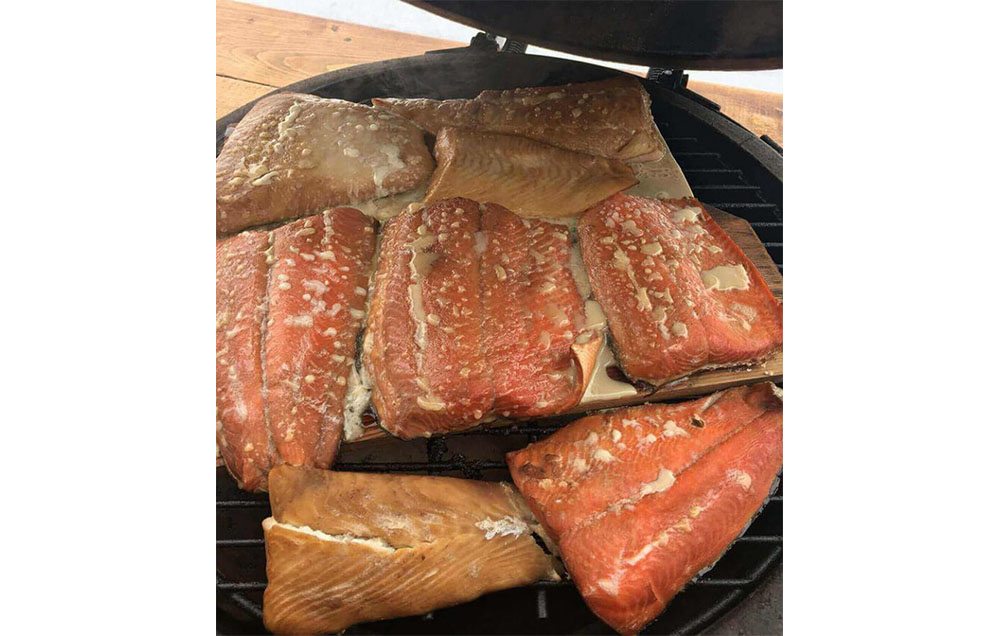What Is the Best Wood for Smoking Meat?
The best wood for smoking
Although every type of smoker allows you to cook with smoke, not all smoke is the same. Almost all culinary woods are considered hardwoods for good reason. Hardwood burns hotter, longer and has less resin than softwood. Cork is full of sap and resin, emitting a more pungent smoke, and causing this smell to inhibit the food it cooks.
Common cooking wood
During your barbecue trip, you will see some common cooking woods. Texas is important behind the oak tree. Carolina is fascinated by pecans. Others swear by fruit woods-apple, cherry and peach.Regional preference largely depends on regional availability, but the common denominator you see here is that common barbecue wood comes from hardwood trees.
What type of wood is used
Your smoker will specify which wood you should use-mainly based on the size of the combustion chamber. Let's take a look at the differences.
Chunk
Chunks are an all-round and convenient way to cut and can be used with most wood or charcoal burning smokers.The chunks range in size from plum to grapefruit and are usually placed on burning hot coals to initiate clean combustion and smoke.The blocks are convenient because you can adjust their size to fit any firebox, whether it's in a large firebox or at the bottom of the HJMK kamado smoker or Weber's Smoky Mountain.If after a few hours you find that you need more smoke, you can put in a few more cigarettes to get the smoke density you like. Compared with the complete split log, you have more volume control.
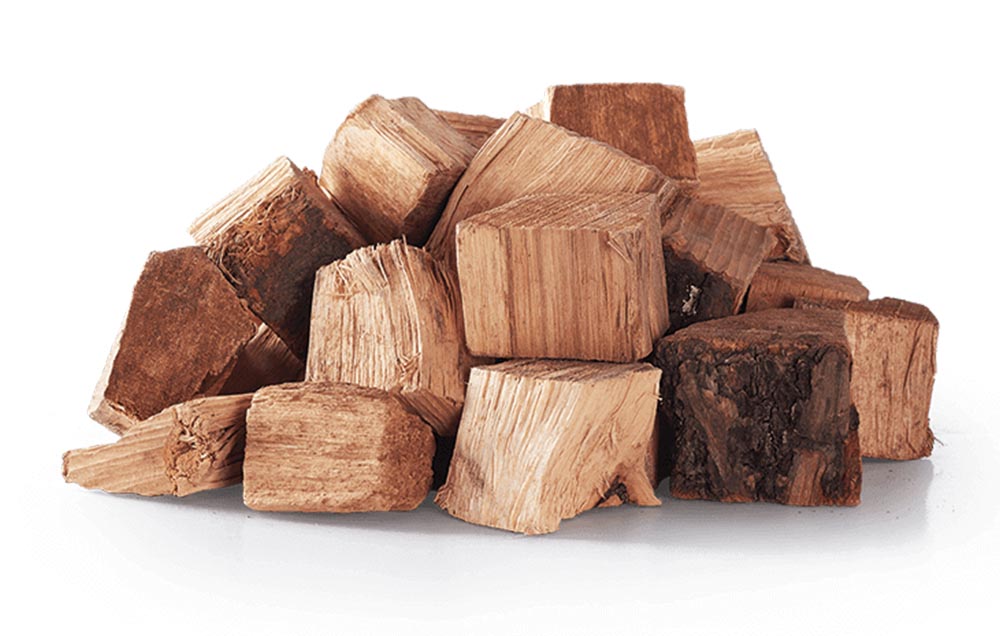
Chip
In a pinch, they are also suitable for people who smoke charcoal. Throwing a handful of pre-soaked potato chips on coals will make the meat emit fresh smoke.Sawdust is also suitable for delicate proteins that require only a few minutes of smoke, such as fish or chicken. They really only need 15 to 20 minutes of smoke, which is easy to control with a chip.
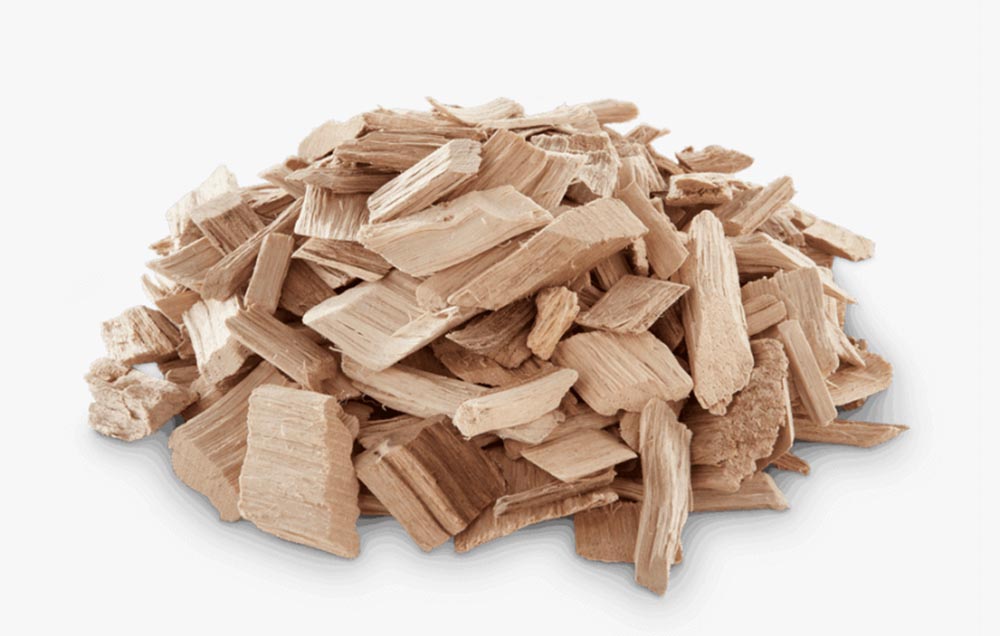
Log
Whole logs or split logs are very suitable for larger smokers and fire boxes. They are usually cut into 18-inch to 24-inch segments, which are perfect for offset printing smokers' fire boxes.Logs are great when you only use wood for cooking. Once you get clean oxy-combustion, you only need to add new logs to the coal seam to get fresh fuel. This will maintain a stable clean smoke on the protein throughout the cooking process without overwhelming it.The downside to whole logs is that they are not suitable for most residential smokers. They eventually need to be cut into shorter pieces, and by then, you'd better just roll them with wooden blocks.Logs have a place, you know more about the health and flavoring of wood, but make sure they are suitable for your smoker.
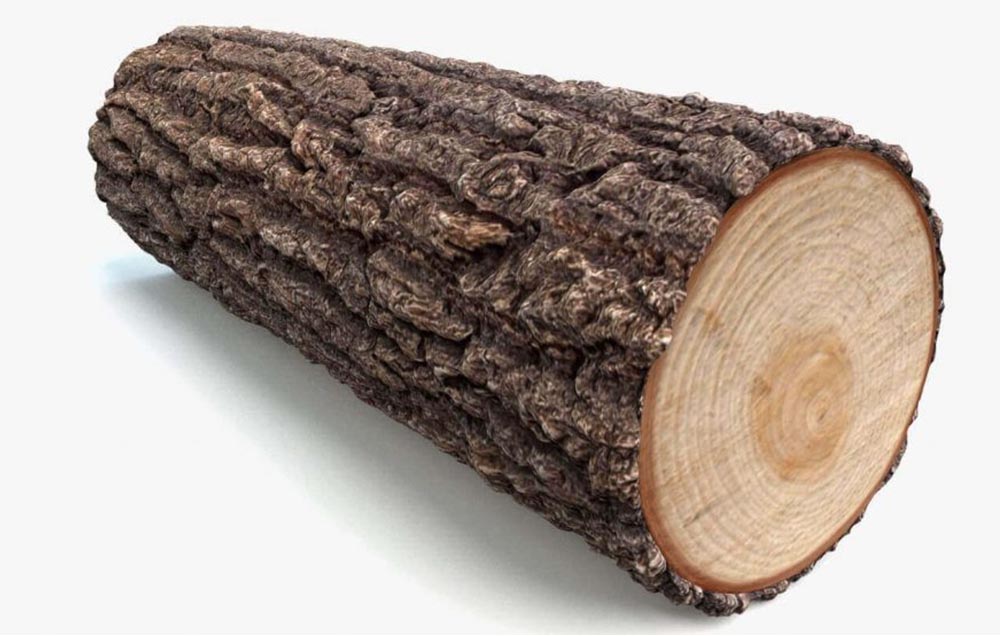
Pellets
The pellets are made by compressing wet sawdust into tubes about the thickness of a pencil. Then break the tube into small pieces about an inch long.There are no artificial binders in the pellets, so you can be sure that they are safe for use in food. If they get wet, you will see them quickly return to the wood chip form.Some smokers use pellets as their main fuel source, using electric augers and thermostats to maintain the proper temperature.You can also use pellets, just like shredding short-term smoke when needed.They are usually packed in bags ranging from 10 lbs to 40 lbs. However, be sure to read the label, as most particles are a combination of different types of wood.
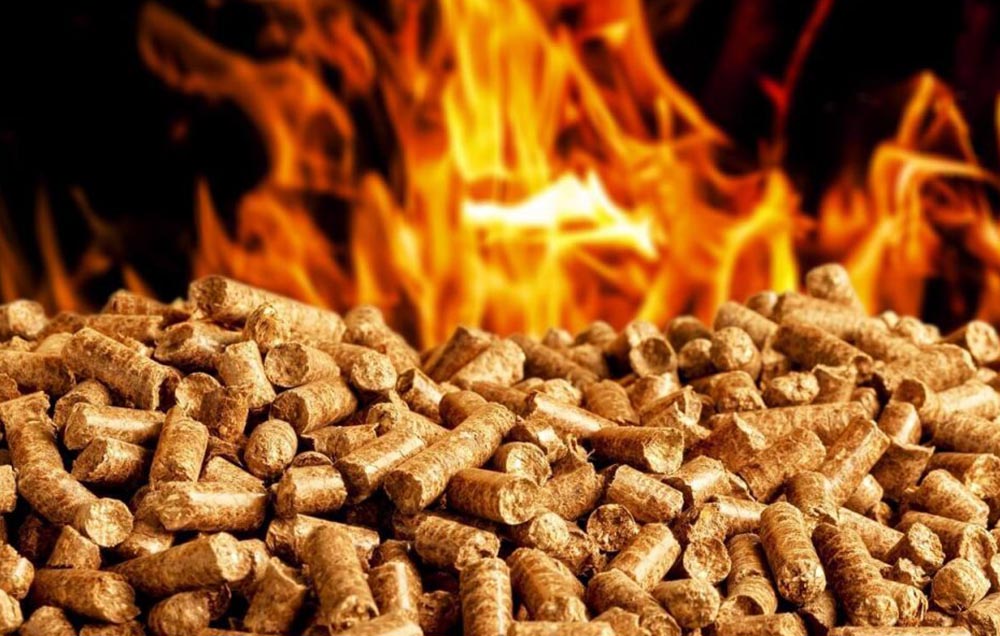
Reason that you shouldn't worry about matching wood
Although different types of wood burn in different ways, you don't have to worry about the subtleties of the smoke combination.Meat quality, friction and cooking temperature have an effect on the final taste far more than the type of wood used. Yes, pecans are burned differently from apples, so the smoke produced is also different, but as long as you have a clean burning and stable oxygen intake to make a fire, you will have a solid smoky taste, which is itself One ingredient.Dirty smoke will make your food taste spicy and dark. When the fire is extinguished from the oxygen source, or if your wood is too resinous or full of sap, you will emit dirty smoke and taste bad.Focusing on clean burning, stable temperature control and high-quality ingredients, you will get excellent barbecue products every time.
The best wood for each type of meat
We have compiled some suggestions that you can stick to that will not fail:
The best wood for smoked brisket
Brisket is a dense, tough beef, so you need to use a similar wood-a wood that is dense and burns for a long time.The best choices for sirloin are oak and hickory wood. They both emit stable heat and strong penetrating smoke, and when they soften, they blend well with the tough beef fiber. As long as you have a clean burn, oak and hickory wood will bring you delicious brisket every time.
Mesquite is widely used in Texas. It is exciting and heavy, and it will soon become overwhelming. Cooking with legumes has a learning curve, because you want to wait until it builds a hot coal seam and keeps the oxygen stable, so as not to suffocate any newly added logs.
Practice makes perfect, and if done correctly, the finished breast meat will have a strong smoky flavor that is more intense than oak or pecans.If your taste is milder, fruit trees such as apples and cherries, as well as maple and pecans are also suitable here.
In terms of smoke penetration, breast meat is a forgiving meat, so as long as your fire is clean, your breast meat should be good from a quality point of view. It really depends on the severity of the smoke smell you like, which will determine which type of wood you use.
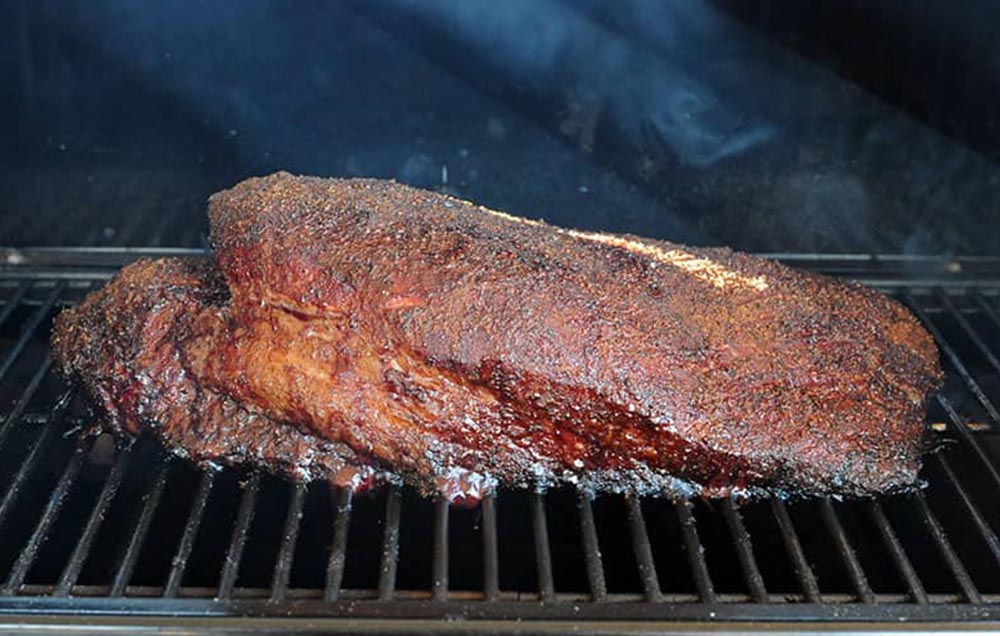
The best wood for smoked turkey
Turkey and general poultry will soon smell of smoke. You will want a milder wood that will not overwhelm the taste of the meat. The fruit tree is perfect.My first choice for smoking turkey is cherry wood. It provides a subtle smoke without going deep into the flesh and destroying your bird. Your turkey will be dark golden brown when cooked on the cherries, and the smoke will not be too strong.Other fruit woods are suitable for turkey, such as apples or peaches, but cherries strike the right balance between depth and subtlety—between heavy hickory wood and lightweight apples.
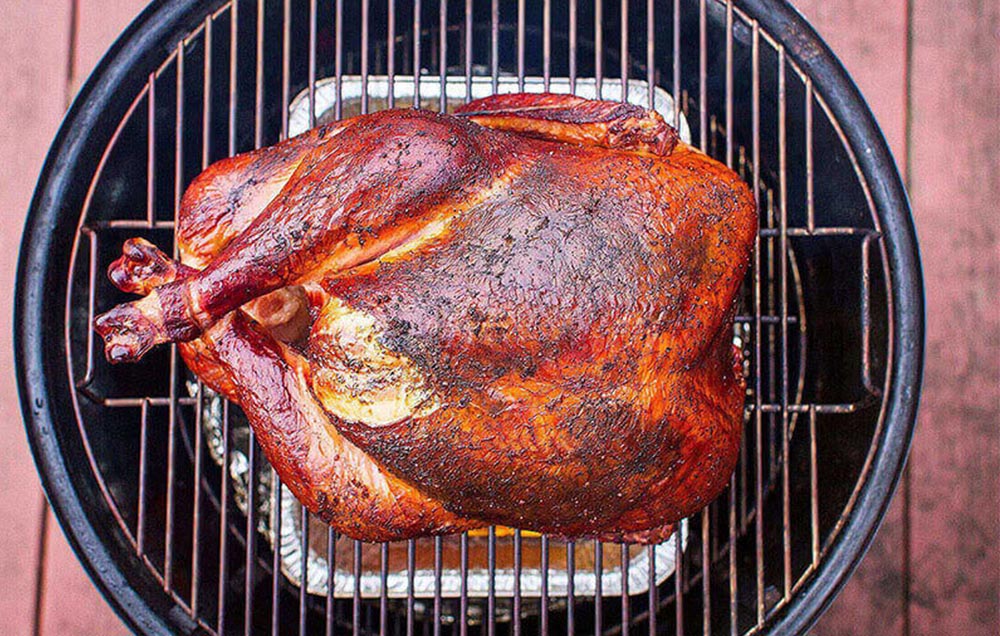
The best wood for smoked ribs
The ribs can handle heavier smoke, whether it is ribs or spares. Like beef, pecans and oak are the top choices here.Pecan smoke penetrates deep into the ribs, so you need to make sure not to smoke too much. Color is the key indicator here, because your ribs will be dark mahogany and stick together nicely on the surface.
If you notice that the ribs are getting too dry or too dark on the outside, then this is a sign of wrapping them to avoid more unnecessary smoke exposure.Oak is also a good choice, but not as simple as hickory. Oak produces a lot of smoke, so please pay attention to the time and weight of the ribs directly exposed to the smoke.Both of these woods will give the ribs a deep, obvious smoky flavor, which is a sign of true barbecue.
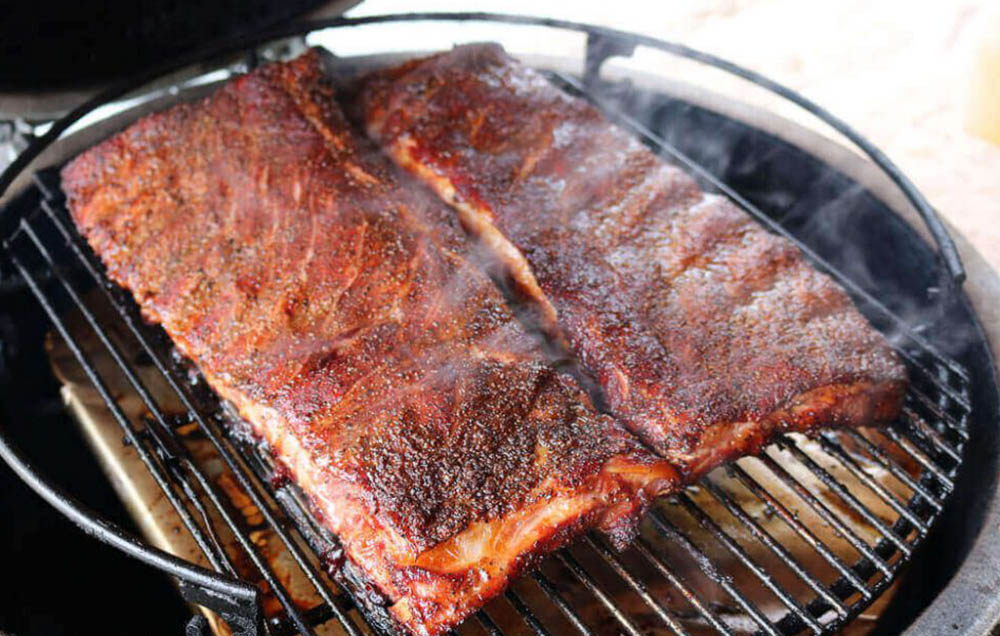
The best wood for smoked chicken
Like turkey, chicken smokes quickly and easily. You must use more subtle smoked wood.Maple is our first choice for smoking chicken. It emits a faint smoke and will not overwhelm the bird.Compared to scattered whole chickens, smaller, broken pieces of chicken will smoke faster, so pay attention to the color again. If you are worried about it smoking or the color is too dark, please feel free to wrap it in foil or butcher paper.
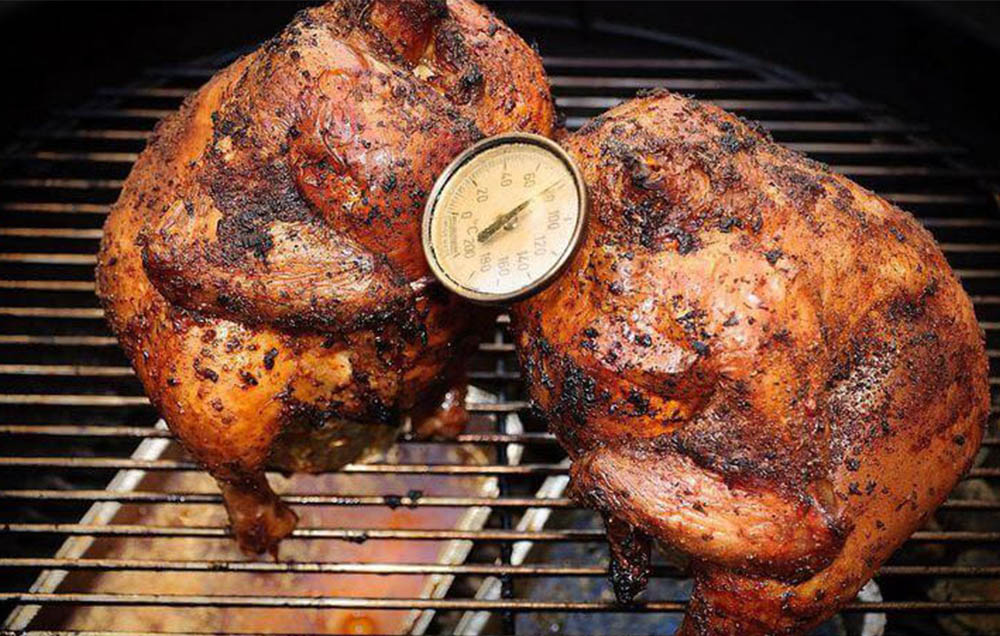
The best wood for smoking pork
Whether you are making a pig butt or a whole pig, you need a thick smoke to penetrate the thick meat. Bring back our old friends pecans and oak trees. The pig butt has a lot of fat and connective tissue in the muscle, which takes a long time to decompose. Pecans will ensure that the smoke penetrates deep into the meat during this process. If you use wood with a lighter smoke smell, the pork will cook well, but you won't have that much smoke smell-might as well cook it in the oven.Similarly, oak can be used for cooked pig butts and whole pigs. It will emit proper and delicious smoke throughout the meat.
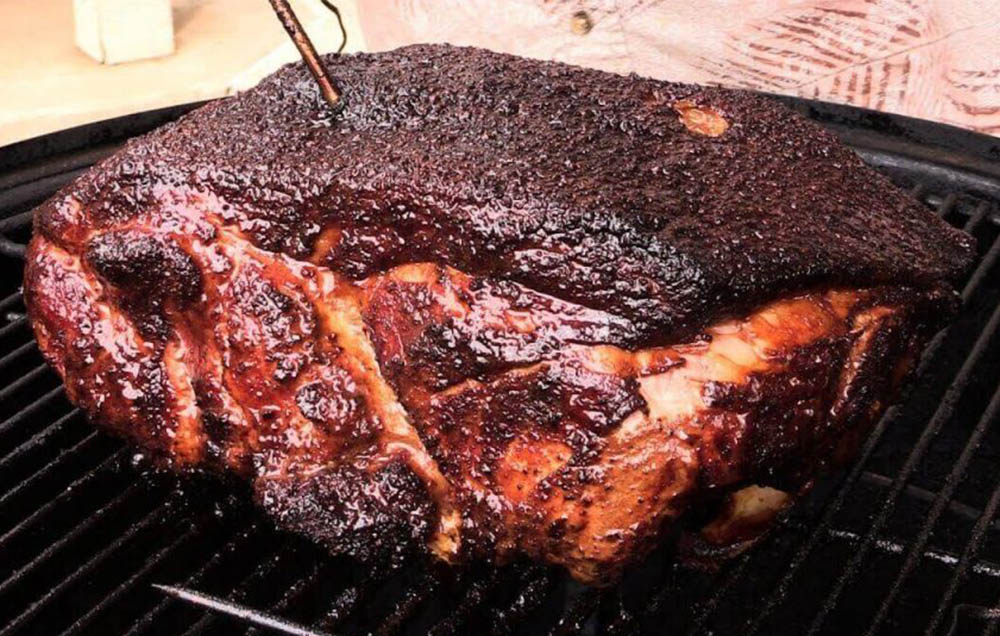
The best wood for smoked fish and seafood
Fish and seafood are the most vulnerable proteins on this list, so you need to be especially careful not to smoke too much, so as not to ruin the meal.A milder, sweeter wood like apple or peach is the best choice for smoked fish. They will not overwhelm the delicate, mild taste.Fish and seafood, such as scallops or shrimp, will exhibit a moist, plump texture when properly smoked. Apples and peaches will melt into the meat quickly, but will not overwhelm it.
It is best to use smaller pieces or wood chips when smoking fish and seafood because it does not require more than 15-20 minutes of continuous smoke to settle into the meat.Once you have a solid sense of the different types of wood and how their unique smoking properties affect specific proteins, you can start to mix and match the smoking properties with different foods.
